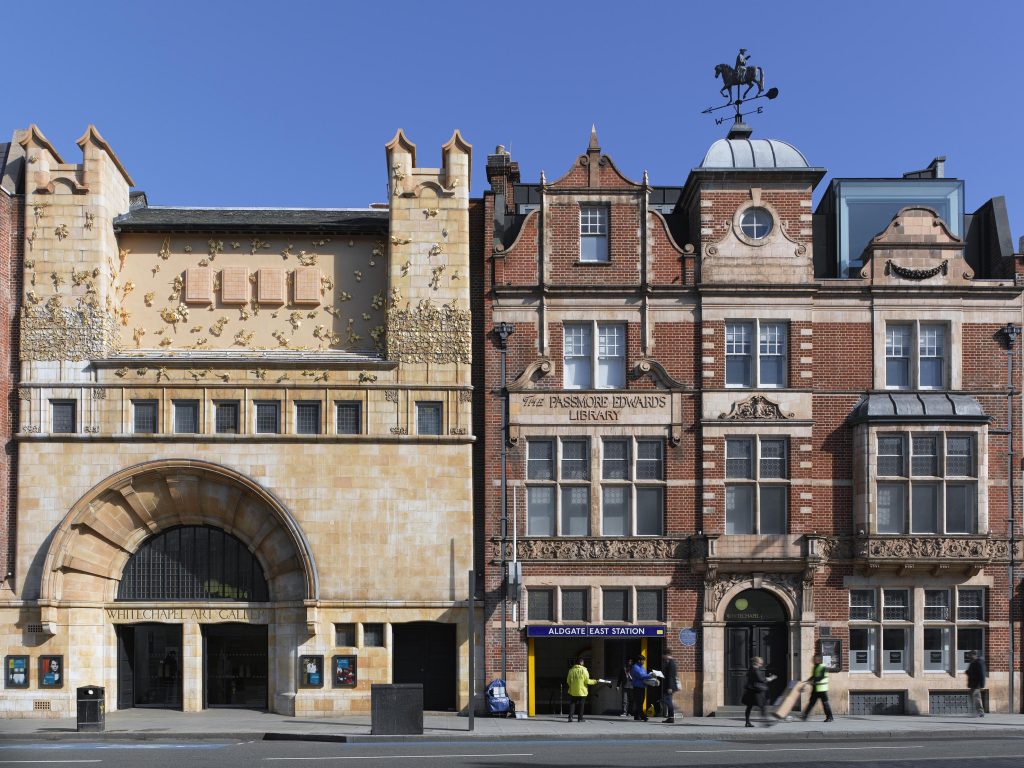Art World
England’s Museums Must Stay Closed for Another Three Months Under Boris Johnson’s New Roadmap to Reopening
Commercial galleries will be allowed to reopen on April 12.

Commercial galleries will be allowed to reopen on April 12.

Naomi Rea

Art businesses and institutions in England anxiously awaited news yesterday of Boris Johnson’s long-awaited roadmap to guide the nation out of lockdown.
The new four-step plan to return to normal allows museums, which are classed as “indoor entertainment” along with other venues such as cinemas, to reopen starting May 17. Commercial galleries will be permitted to reopen sooner, from April 12. That said, the government said that those dates could be pushed further back if there is a resurgence in coronavirus infections.
While some are celebrating the appearance of a light at the end of the tunnel—which is expected to eventually lead to a full lifting of all restrictions on June 21—the news that museums must remain closed for another three months still came as a blow to many.
Iwona Blazwick, the director of London’s Whitechapel Gallery, tells Artnet News that the May date was especially disappointing after an earlier communications mishap led many to believe that museums would be able to open alongside libraries and community centers as early as April 12.
“Obviously we would love to reopen earlier, but at least now we have clarity and something to work towards, and that is always a great boost to morale,” Blazwick says, adding that the institution’s duty of care to the public and its staff remains paramount.
Blazwick is looking forward to opening the gallery’s upcoming retrospective on Eileen Agar with all the requisite public safety measures in place. “One of the great things, of course, is that we’re now very good at reopening after lockdown as we have done it three times,” the director says.
The prolonged shutdown has been hard on cultural institutions in the UK. Museums were closed for several months during the spring of 2020, and while some were able to reopen in the summer, institutions were pushed back into closure at the end of December. Blazwick says the loss of income from tickets, as well as other revenue streams such as venue hire, has had a “huge impact” on finances.
Despite these challenges, however, she says the gallery has so far been able to protect jobs, thanks to support from the government’s furlough program, as well as emergency public funding, and the continued generosity of private benefactors.
Commercial galleries in England are looking at a brighter picture, and have been told they can reopen, along with other retail classed as “non-essential,” from April 12.
“We are excited to finally have a specific date as to when we can re-open the gallery and plan the dates of our future exhibitions accordingly,” gallerist Taymour Grahne, who inaugurated Taymour Grahne Projects in London during the summer, tells Artnet News. While the gallery has been closed since December, visitors have been enjoying its online exhibition program, but, as Grahne says, “virtual art encounters are no substitute for the delight of a physical exhibition.” The gallery is wasting no time and will open a solo exhibition of the LA-based artist Gabriella Sanchez on April 13, as well as a group show at an off-site exhibition space in Fitzrovia on April 14.
The devolved nations of Scotland, Wales, and Northern Ireland, have the power to lift restrictions at their own speed, and museums and galleries there will be subject to different rules. Scotland’s first minister Nicola Sturgeon is due to announce her plan today, and has said that it will be “broadly similar” to Johnson’s. Wales will next review its restrictions on March 12, and Northern Ireland will review its regulations on March 18.